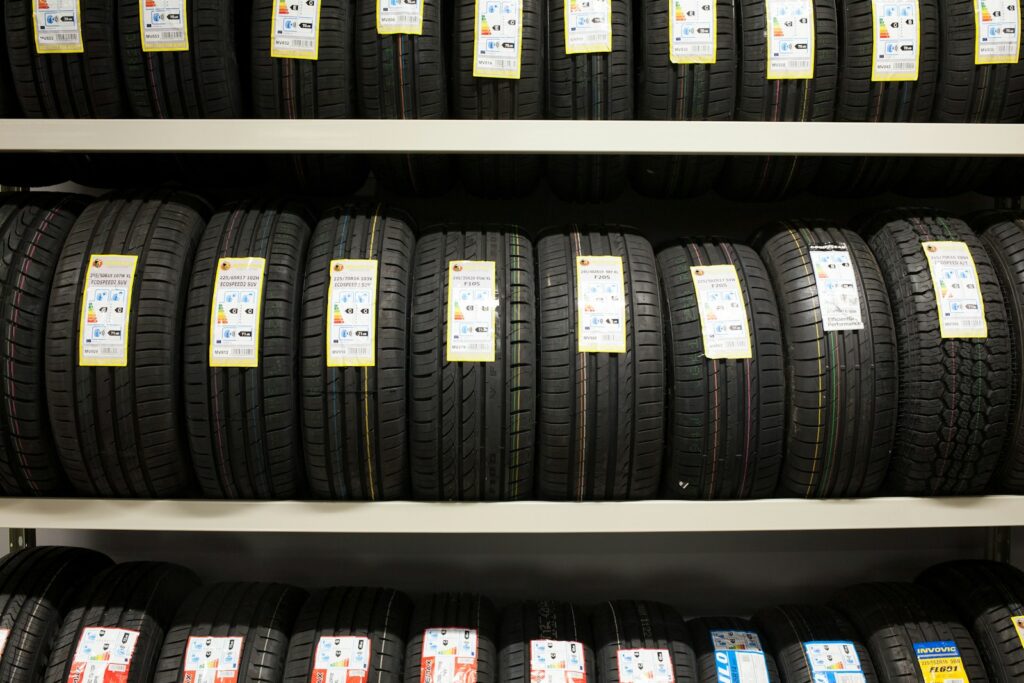How to Choose the Right Tire for Your Needs?
Choosing the right tire for your vehicle is crucial not only for ensuring optimal performance but also for maintaining safety on the road. The vast array of tire types, brands, and specifications can make the selection process seem daunting. However, understanding a few key factors about tire selection can greatly simplify the decision.
In this detailed guide, we will explore how to choose the best tire for your specific driving needs, whether you’re navigating harsh winter roads, cruising on highways, or tackling rugged terrain.
1. Understand Tire Types
The first step in selecting the right tire is to understand the different types available. Generally, tires are categorized into all-season, summer, and winter tires. All-season tires are versatile, designed to handle various weather conditions and road types. Summer tires provide excellent dry and wet traction and are best suited for warm climates. Winter tires are essential for driving in snowy and icy conditions, as they offer superior grip.
2. Consider Your Driving Conditions
Think about the typical driving conditions you face throughout the year. Do you encounter lots of rain, snow, or ice? Or are road conditions generally dry? If you live in a region with severe winters, having a dedicated set of winter tires can be a life-saver. For those in milder climates, all-season tires might be the most practical choice.
3. Check Tire Specifications
When shopping for tires, it’s important to check their specifications, including load rating, speed rating, and tread life. These factors will help you choose a tire that not only fits your car but also handles your typical driving speeds and loads. Ensuring your tire’s specifications align with your vehicle’s requirements is crucial for maintaining vehicle performance and safety. For comprehensive tire management, consider services like SMC Towing Group Tire Storage to keep your seasonal tires in optimal condition.
4. Examine Tread Patterns
Tread patterns affect a tire’s grip and its ability to disperse water. For wet climates, look for tires with deep grooves and complex patterns that channel water away efficiently. In snowy areas, tires with large gaps and robust tread designs provide better traction. For dry conditions, a less pronounced tread pattern is often adequate and can reduce road noise.
5. Budget vs. Brand
Decide on a budget for your tire purchase but remember that cheaper tires may cost you more in the long run due to shorter tread life and less fuel efficiency. Consider reputable brands that offer a balance of quality, performance, and longevity. Sometimes, spending a bit more upfront can lead to savings down the road.
6. Read Reviews and Seek Recommendations
Look up reviews for different tire brands and models. User reviews can provide real-world insights into tire performance and durability. Additionally, ask for recommendations from trusted auto service providers or friends who own vehicles similar to yours.
7. Check for Warranties and Guarantees
Opt for tires that come with a warranty. Many manufacturers offer tread-life guarantees and warranties against defects, providing peace of mind and protection from premature wear or manufacturing issues.
8. Professional Installation
Ensure that your new tires are installed by professionals. Proper installation is crucial to maximize tire performance and safety. This includes balancing and possibly aligning your vehicle once the new tires are on.
9. Seasonal Considerations
If you live in an area with distinct seasons, consider purchasing two sets of tires: one for summer and one for winter. This strategy can extend the life of each set and provide optimal performance in various weather conditions.
10. Regular Maintenance
Regularly check tire pressure, alignment, and tread wear. Proper maintenance not only extends the life of your tires but also ensures that they perform safely and efficiently.
FAQs
How often should I replace my tires?
Typically, tires should be replaced every 5 to 6 years, or when the tread depth falls below 4/32 of an inch.
What does the speed rating on a tire mean?
The speed rating indicates the maximum speed at which a tire can safely carry a load under specified conditions.
Can I mix different types of tires on my vehicle?
It’s best to use the same type and brand of tires on all wheel positions to ensure uniform performance and handling.
How can I tell if a tire is well-suited for wet conditions?
Look for tires with deep tread grooves and a high aquaplaning resistance. These features help to channel water effectively and maintain traction.
Conclusion
Choosing the right tire involves considering various factors, including the types of tires, driving conditions, vehicle specifications, and personal driving habits. By following this guide, you can select tires that enhance driving performance, ensure safety, and provide lasting service. Remember, taking good care of your tires through regular maintenance and proper storage, such as utilizing services like SMC Towing Group Tire Storage, will extend their life and ensure peak performance throughout their use.





